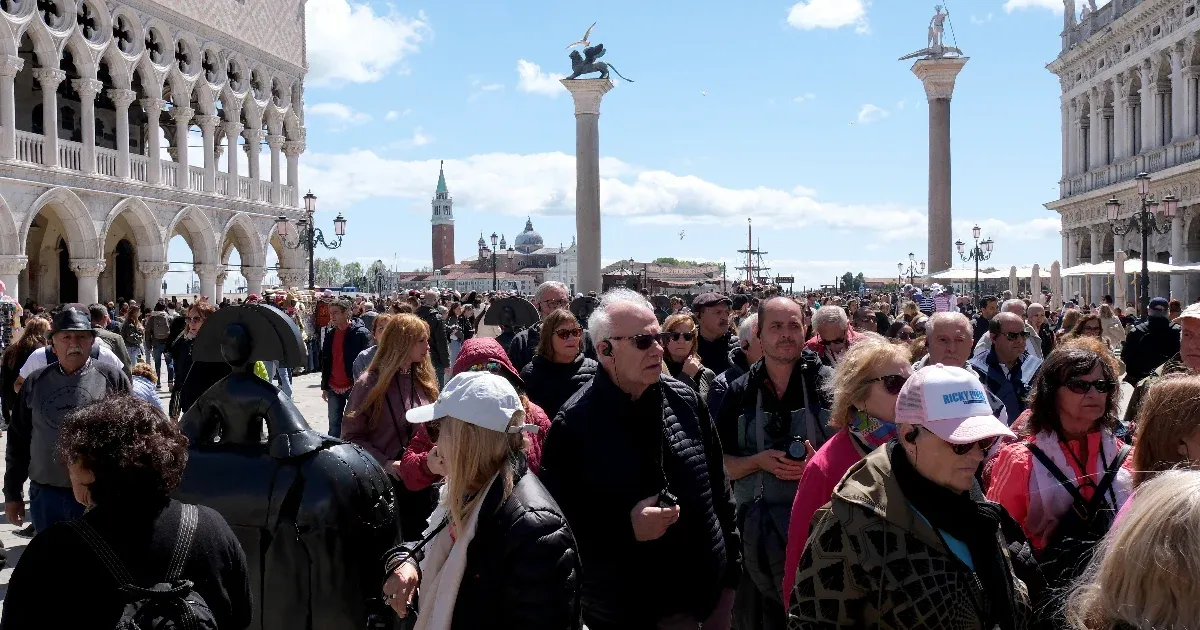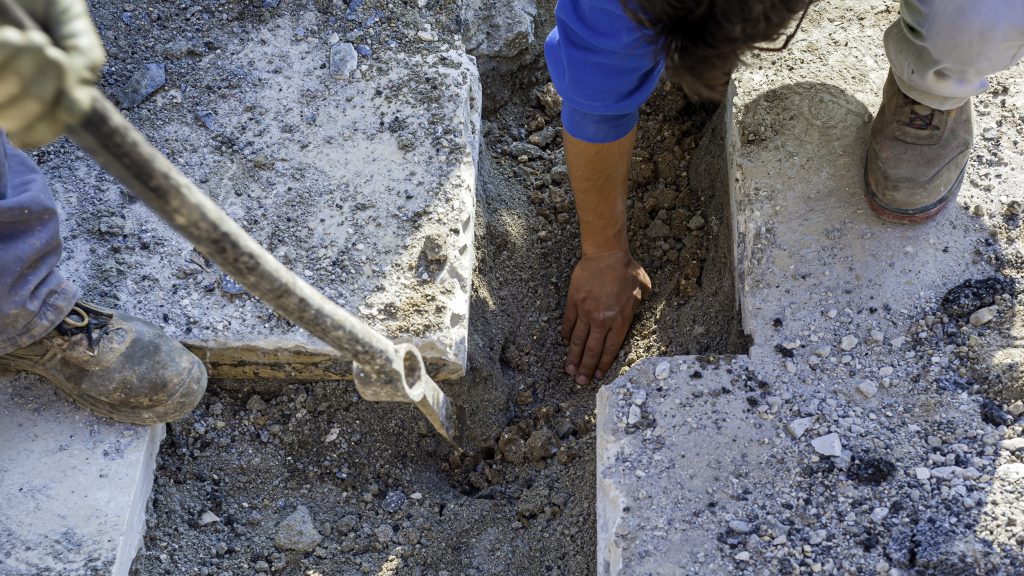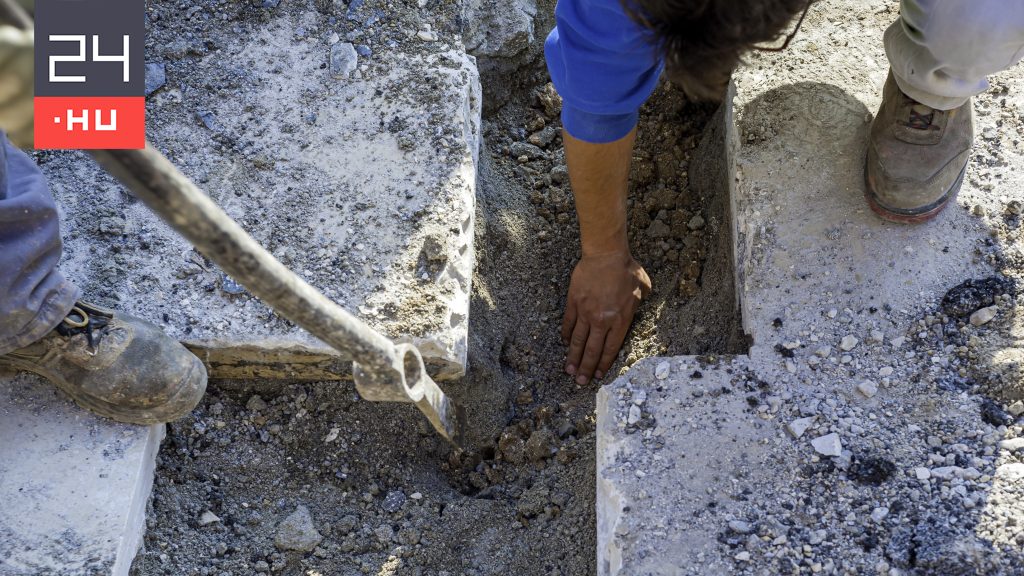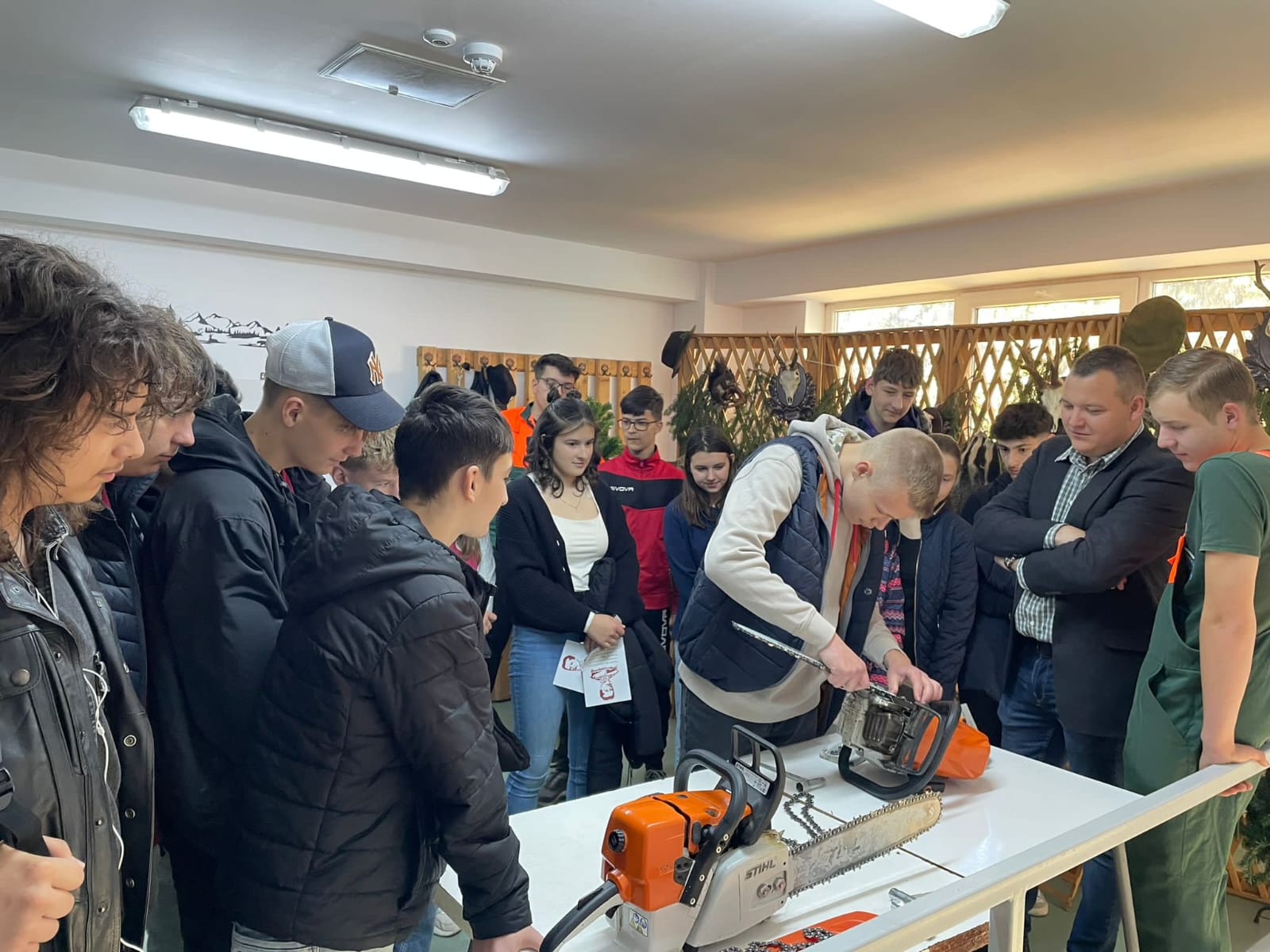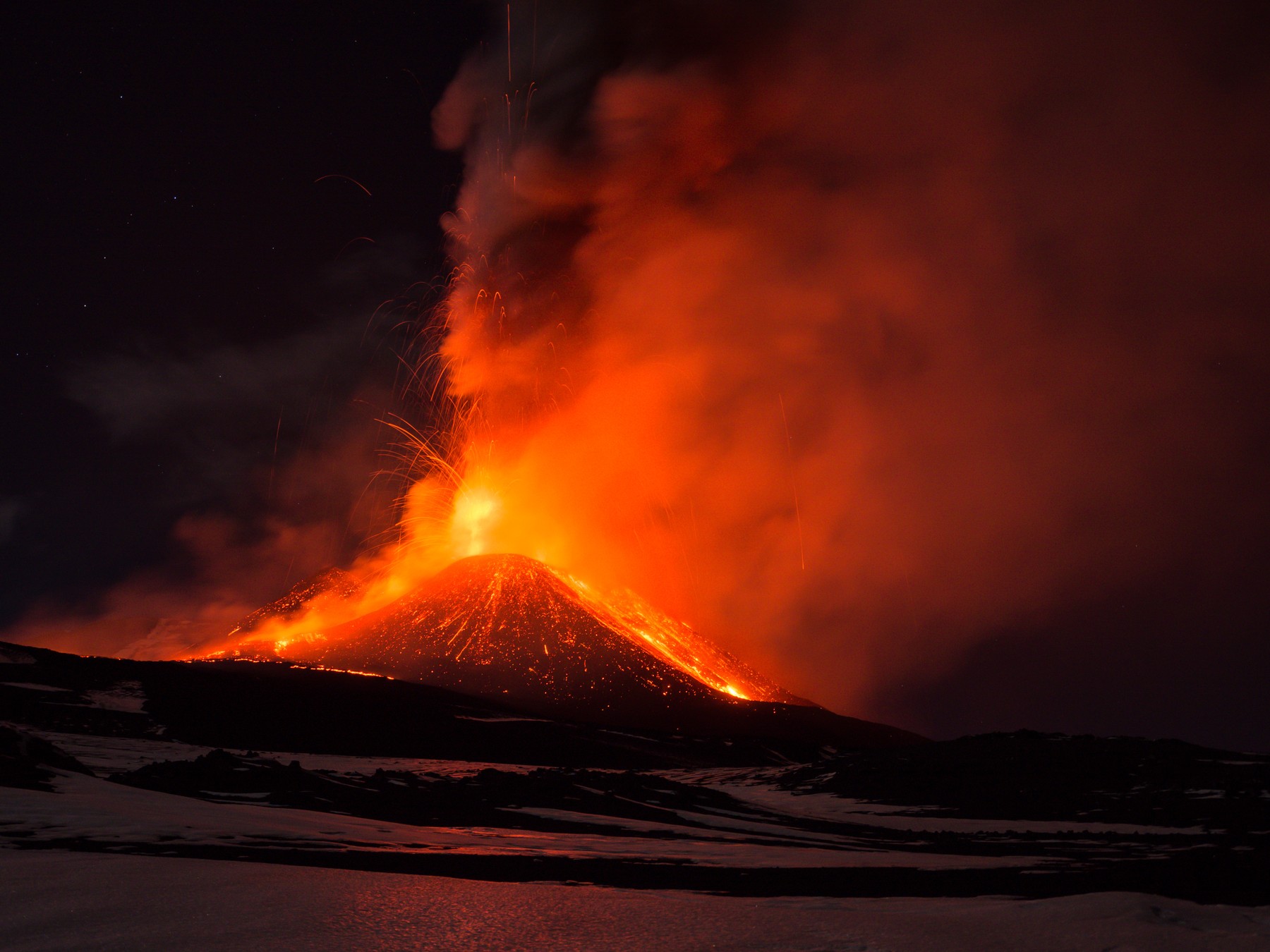A research team led by researchers from Aberystwyth University has discovered that one stone at Stonehenge, Stone 80, or the ‘altar stone’, is not from the same source as the other temple stones. – writes phys.org.
Many of the smaller stones are thought to come from a source 225.30816 kilometers away from Stonehenge, but the altar stone is different and may have come from a quarry much further away. The researchers published their paper in the Journal of Archaeological Science, detailing how this discovery upends a 100-year-old theory, and that we need to expand our knowledge of geography and stratigraphy.
The Altar Stone is a unique stone among Stonehenge’s bluestones due to its sandstone structure, which contrasts with the volcanic (volcanic) bluestones that make up the inner circle of Stonehenge. The bluestones are Stonehenge’s smaller stones, which have a bluish color when wet.
Previous theories have suggested that the Altar Stone originates from the Old Red Sandstone Formation in West Wales, similar to other bluestones that also originate from the Mynydd Bricili area in West Wales, and the Old Red Sandstone Formation dates back to about 400 million years ago. It was created when present-day Europe and present-day North America collided. Portions of the formation can be found on both sides of the Atlantic Ocean and in Greenland and Norway.
To investigate the origins of the Altar Stone, researchers conducted a variety of analyzes – including photolithography (center), portable XRF analysis, automated SEM-EDS analysis, and Raman spectroscopy – on samples from the ancient English Red Sandstone Formation. Wales Basin. An important feature of the altar stone is its high barium content, which distinguishes it from most other pool and bluestone specimens.
Discoveries show that the barium content in the altar stone is unusual. Although some pool formation specimens contain this composition, they are not counted because they come from the same source as the altar stone. This casts doubt on the origin of the Anglo-Welsh altar basin, suggesting that the scope of geographical and stratigraphic research in northern Britain should be expanded, and that searches for sandstones from an earlier period should be considered.
The bluestones, which are mostly of igneous origin, were originally called “foreign stones” by the early explorers of Stonehenge because they differed from the more substantial and locally sourced sandstone pebbles.
The local source of the large stones used in construction is believed to be 15 miles away. Since the stones weigh 55 metric tons, it is a very impressive undertaking, and indicates that it was very large in the place where the stones were transported.
Most of the bluestones recovered from the Mynydd Preseli site, 225.30816 kilometers west of Stonehenge, represent one of the longest known transport distances from source to monument site in the entire world.
The researchers suggest that based on their study, the altar stone should be removed from the bluestone classification, severing the connection with the bluestones of Stonehenge’s Mynydd Preseli origin. If this is true, then the search for the origin of the altar stone has only just begun.
What is the purpose of stoning?
Although many astronomical theories have been proposed over the years, the only aspect confirmed by archeology is that the structure was used for many things over the course of 5,000 years. A place for burial, a place to seek sacred healing, a place for meditation, and if there is a local tradition, a priest for example, a place for gatherings. There is no doubt that all kinds of rituals were performed among the stones.
(source: https://phys.org/)






